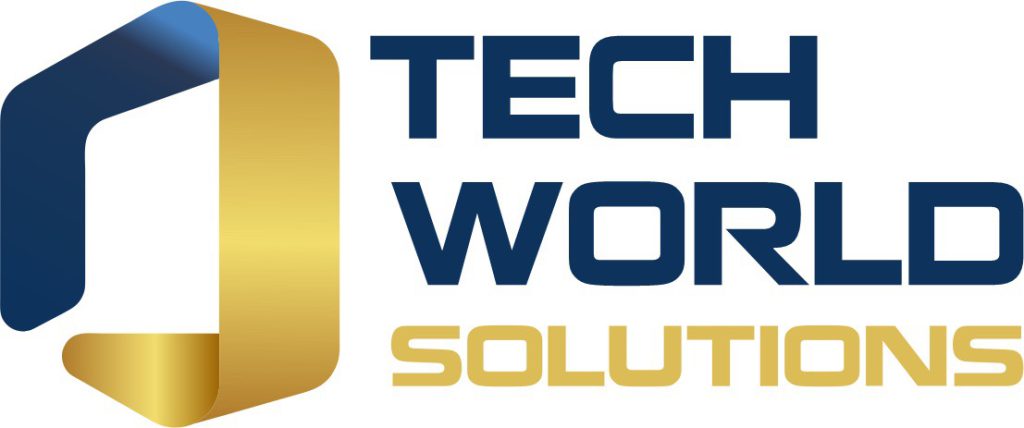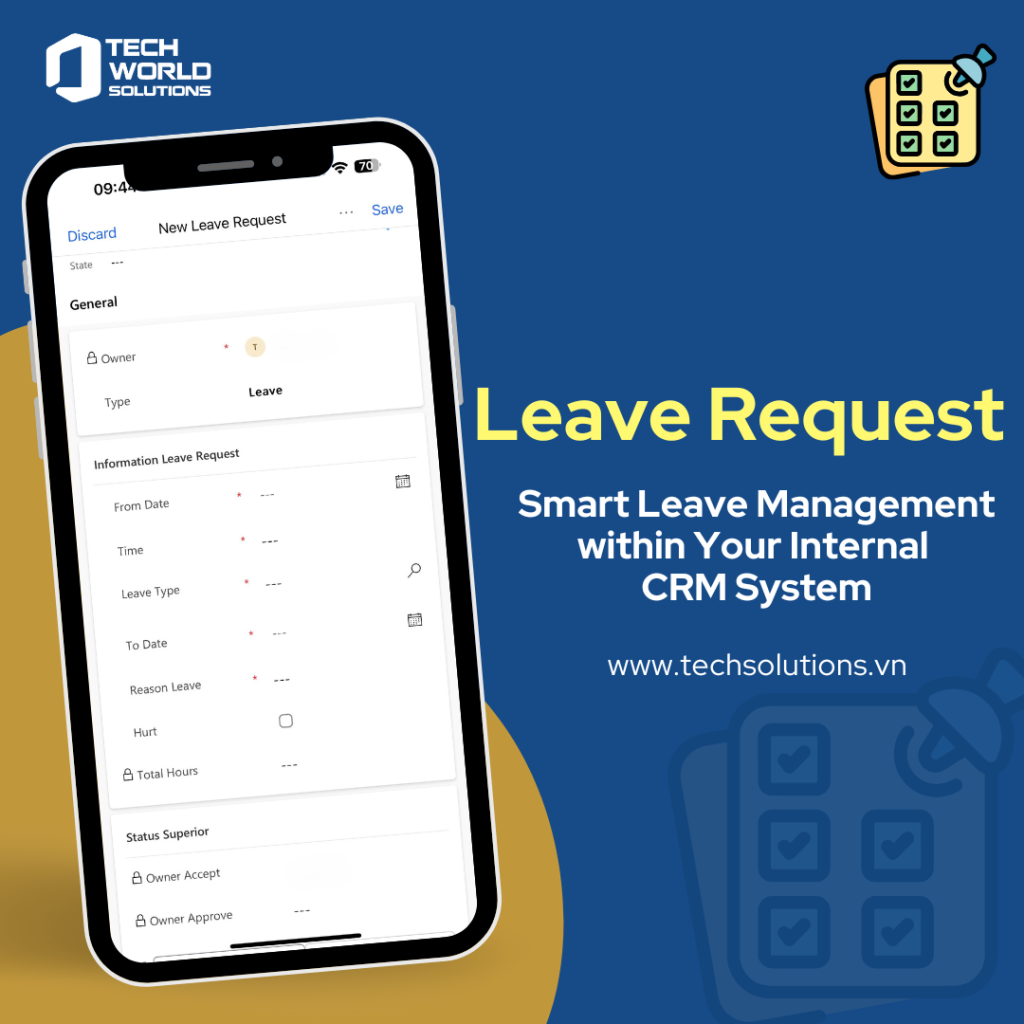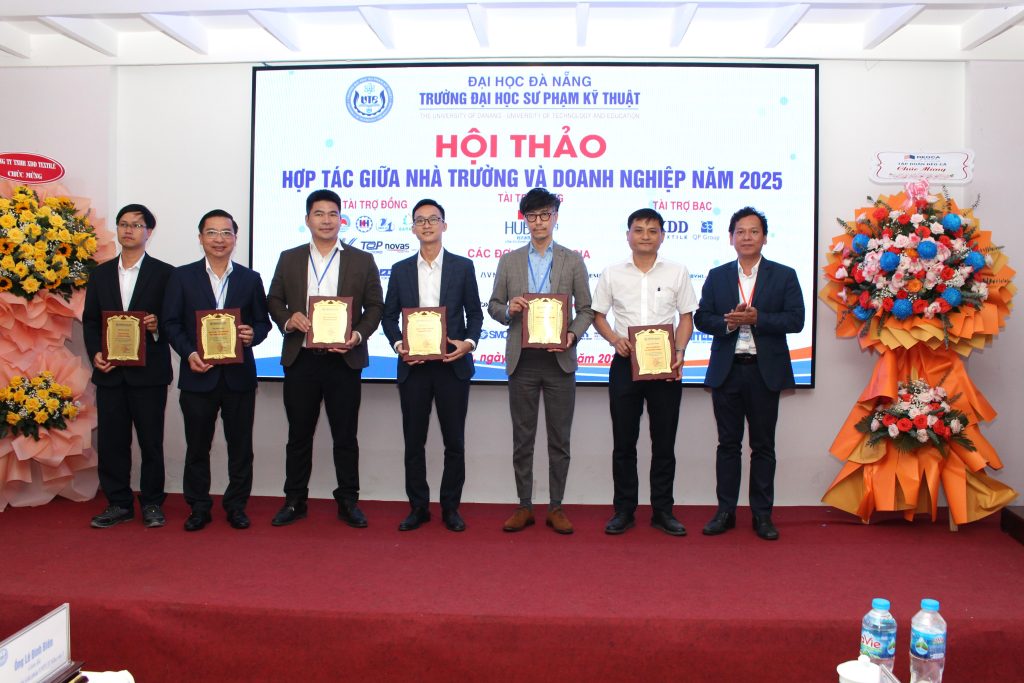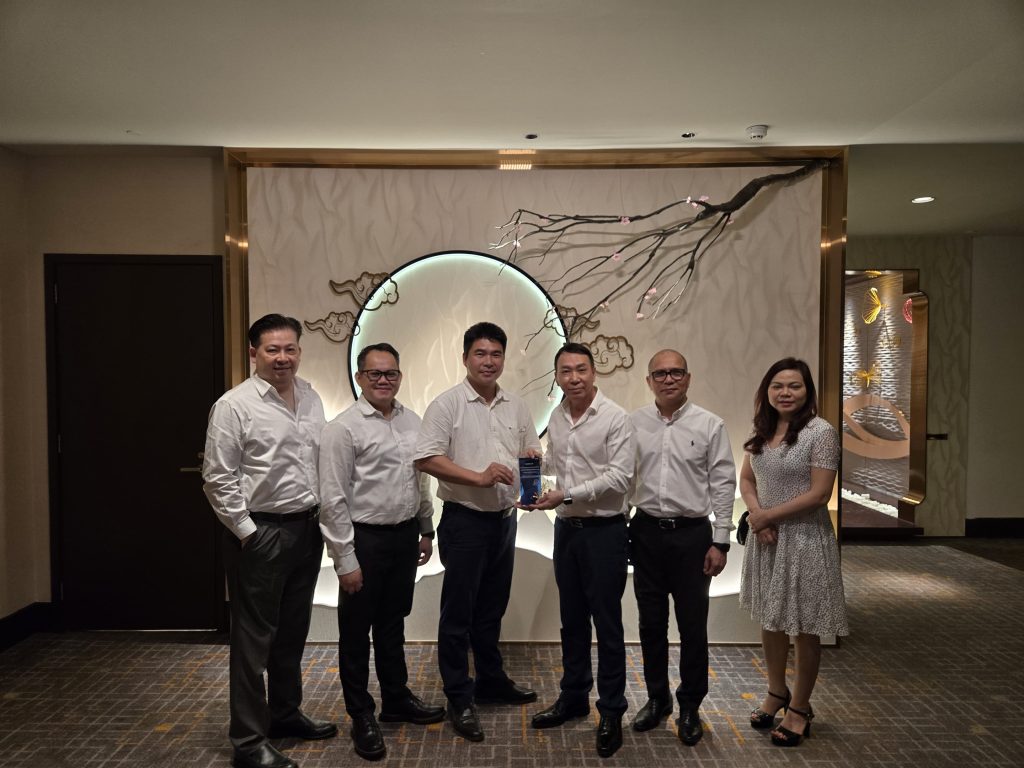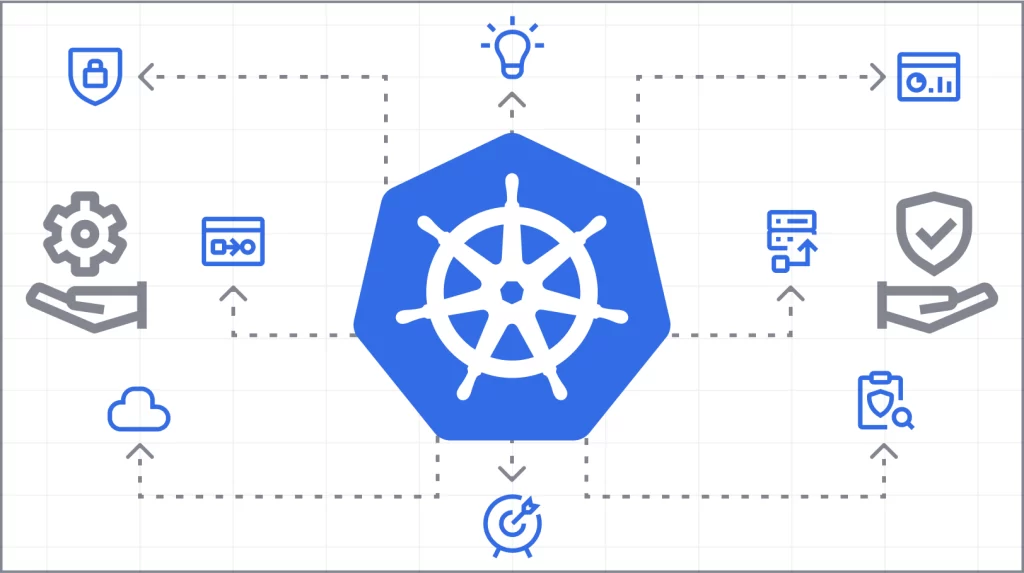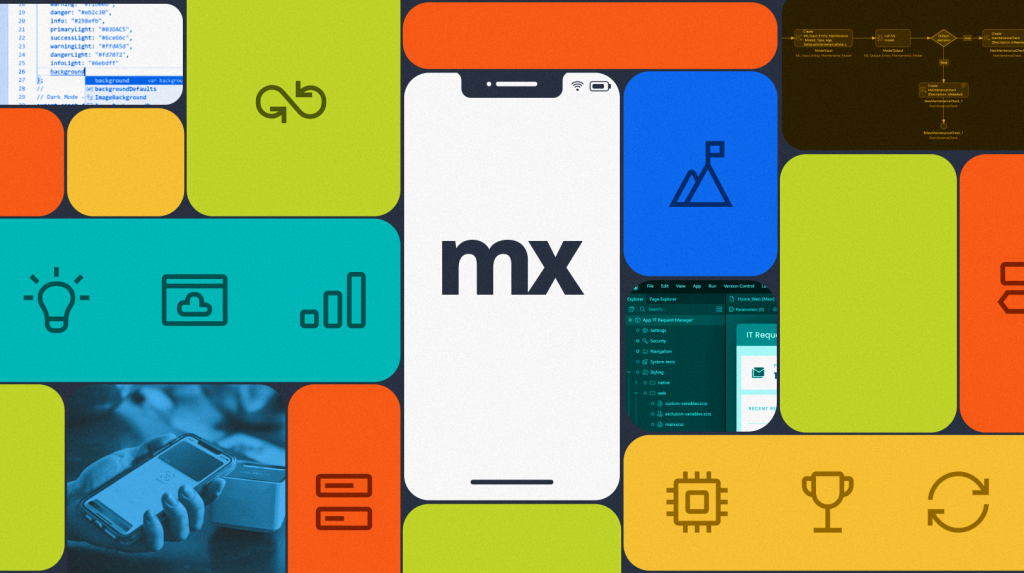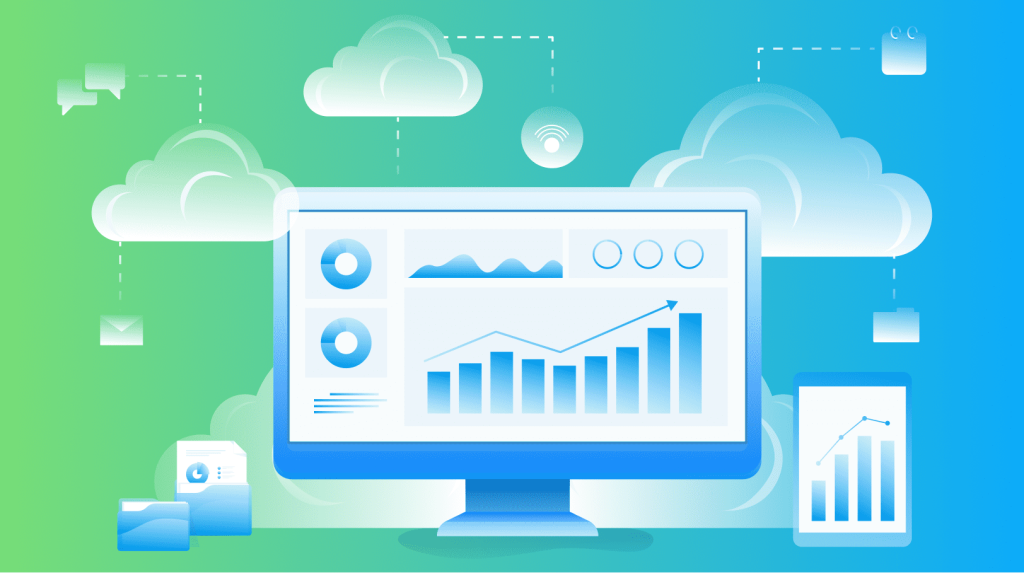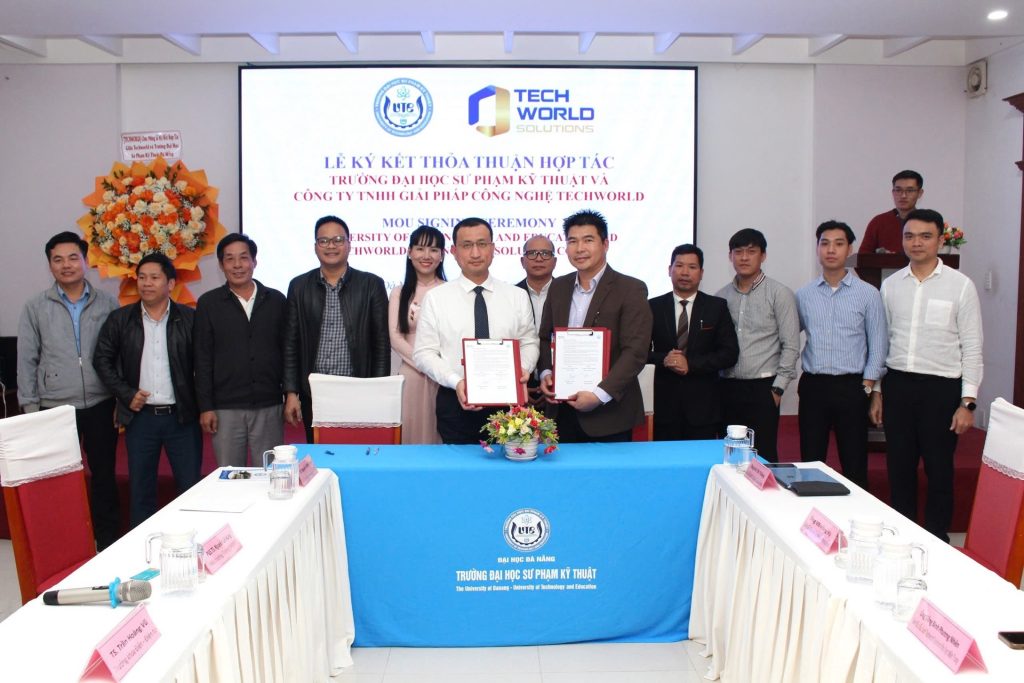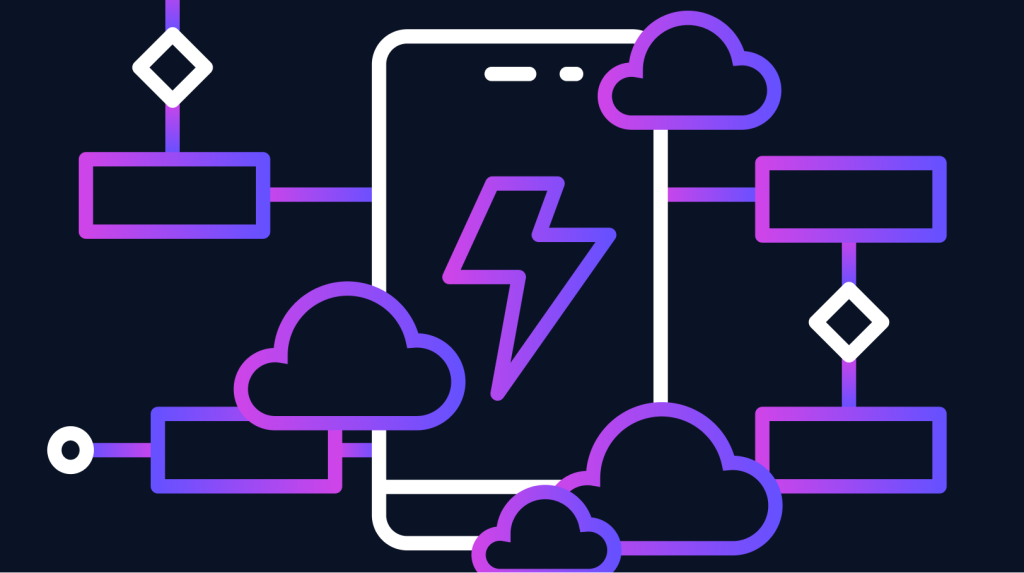Technology Trends for 2024: What’s Ahead?
Smart spaces. Hybrid blockchain. Cryptocurrency. Cloud platforms. Drones. Generative AI. AI agents. Extended Reality (XR). Edge computing. Smart automation. Cybersecurity. Quantum machine learning. Internet of Things (IoT) connectivity. Sustainable IT.
What do they all have in common?
They’re all significant potential tech trends in recent years. Some have hit big, and some haven’t. Similarly, some hit big in B2C but are struggling to find a foothold in B2B. However, organizations of all sizes must know these trends. Being behind on the next big thing quickly turns into falling behind.
At Mendix, we’re living on the edge of development every day. We’re seeing our customers, partners, and workforce build amazing applications that are driving the future of technology.
We’ve asked some of our experts and leaders about potential 2024 technology trends. Here’s what they had to say.
Artificial intelligence
AI and ML were everywhere in 2023, and for good reason. ChatGPT proved to be an incredible tool and easily accessible to the masses. But what does multimodal generative AI mean in the B2B space? Moving from “can” and “could” to “are” seems to be the next big step.
Jethro Borsje, Chief Ecosystem Officer: “I expect the success of AI in 2024 to predominantly come from very discrete, domain-specific applications instead of general-purpose LLMs. With tools like ChatGPT, let’s think about what they can bring business users rather than focusing on consumer applications.”
Subba Rao, Director, Manufacturing Industries Cloud: “In manufacturing, the democratization of generative AI will be huge. Generative AI helps connect disparate sources, digitizing them and then applying large language models to abstract complexity for business users. In 2024, the early proof points, learnings, and real roadblocks will start coming to the surface. That helps platform vendors (like Mendix) identify where there is real ROI in applying generative AI while abstracting data complexity to simplify application development.”
Gordon Van Huizen, Senior Vice President, Strategy: “2024 will be the year where the wave of enterprise innovation through AI hits the shore. Throughout 2023, enterprises moved from investigation and into piloting and experimentation. Not everyone has seen their yield ramp up yet, but 2024 will see the translation of the good ideas into the right ideas and then delivering on them. Organizations bought into concepts like fusion teams and business-IT collaboration will be best positioned to move quickly from idea to production at scale. I’d say the wait-and-see approach is actually riskier than making the investment now. Companies need to move.”
Hans de Visser, Chief Product Officer: “Organizations will start to answer some of the real questions around AI. How will GenAI and AI impact their way of working? Their business models? Their operating models? There are organizations putting things in place, but no one has totally figured out the use cases. Everyone is interested, and I think low-code will help actualize ideas. Low-code has always helped as an extender of development capacity by adding abstraction and automation. AI helps even more with that, so developers can focus on value adds. Interpreting AI models in high code is a big challenge. But when you bring that into the visual language that low-code provides, it becomes much more accessible.”
Data science and democratization
As the world continues to get smarter and more sophisticated, most organizations are producing more and more data about customers, processes, employees, and more. But more doesn’t always equal better. And without the proper structure and integrations, all that critical data can be meaningless. Organizations need to plan and invest in their data strategy to make it all meaningful
Tim Srock, Chief Executive Officer: “We’re already in a data-heavy space and this year will start to see a lot of pieces come together: Analytics, AI, task automation, and the democratization of those through things like natural language processing. Without the proper data, none of those things work. Enterprises that are really on top of data and data science will be better prepared to make the triangle of data, app development, and AI work. Enterprises that are really on top of data and data science will be better prepared to make the triangle of data, app development, and AI work.”
Subba Rao: “In an industrial context, we will see data become even more important. A data-driven mindset, data strategies to abstract complexities for business technologists, a common platform, an ecosystem of partners—these are the tools needed to help in co-innovating and co-creating purpose-built software solutions across the business.”
Hans de Visser: “There’s a convergence that will happen between the worlds of data scientists and application development. It’s all about turning data into action into insights, and those insights typically go hand in hand with applications.”
Platform consolidation
The average number of SaaS applications companies use rose from 80 in 2020 to 130 in 2022. As businesses look to solve more and more of their use cases, the potential exists for an overload of platforms and fragmented data. That kind of overload can be the downfall of innovation, so enterprises need to be thoughtful in their approach.
Sheryl Koenigsberg, Vice President, Global Product Marketing: “This is the year that CIOs ‘Marie Kondo’ their technology landscapes. Remember that trend where people would look through their homes and closets and discard the things that ‘didn’t serve them anymore’? This year, IT organizations, weary from years of patching together transitional tools and emergency investments to solve point problems, will finally get a handle on their technology clutter. With technical debt consuming up to 40% of specialists’ time and the proliferation of technologies making for an expensive and complex collection of investments, CIOs will truly evaluate platforms and capabilities and carefully weed out and retire those that no longer solve their most urgent problems. Instead, they’ll focus on general-purpose platforms that serve a broad set of capabilities and are accessible to people with a wide range of technical acumen.”
Nick Ford, Chief Growth Officer: “Many businesses have looked to solve particular problems with very specific platforms and solutions. But when you want to build complex systems that play outside of those ecosystems, those solutions can’t talk to each other or share components. 2024 will see more organizations move towards “platform of platforms” that smaller solutions can roll into. Easier to maintain and iterate on, easier to innovate, clearer path to success.”
Jethro Borsje: “I see composability as part of how organizations look at themselves and how they use software to digitize their processes. Part of that is growing their ecosystems to leverage specific capabilities from third parties without having to own everything themselves. That makes their organizations more agile and increases their ability to respond to change.”
IT governance and security
Governance and security are critical. That’s not controversial, but they’re topics that enterprises of all shapes and sizes struggle with constantly. Opportunity exists for those platforms and enterprises that can make governance easier and more agile.
Sakshi Dhakad, Senior Product Manager: “Enterprises want to better manage digital chaos based on their risk apertures. Customer needs range from rich visibility into their digital landscape to intelligent tooling to detect anomalies and optimize costs. Lack of essential governance capabilities is already a non-starter in the market. The more malleable, automated, and intelligent approach enterprises take to governance, the more returns they can expect. For instance, using policy-based automation to shift left, reduce operational load, and ensure quality software. Another example is using adaptive forms of governance guardrails so they can be adjusted based on business needs and continuous learning in-platform rather than having to orchestrate large-scale change management programs. Low-code platforms, like Mendix, embed the essentials and provide a simplified abstraction to govern a landscape when compared to high-code. This will become more pronounced in 2024 as governance becomes more important.”
Hans de Visser: “You can see a wave of shadow IT with development happening by data scientists outside the usual structure. These are brilliant, creative people building solutions that lack governance because they’re in a domain that corporate IT doesn’t always touch. Think about the risks to those data science outputs: employee turnover, security, and compliance. As this grows, there’s a serious opportunity for data scientists to be able to work with enterprise data in full governance and transparency, along with all the tools and mechanisms for serious app development.”
Digital transformation
Ask 100 leaders about what digital transformation is, and you’ll likely get 100 different answers. Digital transformation is an ever-shifting focus, but what might it look like in 2024?
Hans de Visser: “The essence of digital transformation will continue to be in organizations taking advantage of a wide range of employees’ expertise, capabilities, and skill sets. This also empowers organizations for change and innovation with new working models and more agile thinking. Low-code helps with that because it makes technology available to a wider group of people. Organizations that can’t embrace this challenge will be very exposed.”
Jethro Borsje: “In 2024, I see low-code continuing to be embraced more and more by large software vendors as a means for personalization and extension of their core offering. This opens opportunities for low-code platforms and independent software vendors (ISVs) to help the market to grow and transform.”
Nick Ford: “Organizations need to look at development as a long-term factor and reach less for short-term impact. That means being more intentional about what is developed and by whom. Clear ideation and consolidation phases are mission-critical, as are finding the common core capabilities in those priorities. That helps clarify needs and can avoid creating redundancies and workarounds. That certainly applies to the next 12 months and beyond.”
Sustainable technology
Sustainable technology helps protect the environment, while also helping enterprises set up for the long-term future. It’s a term most organizations and people are already familiar with, and this year could prove to be a tipping point between planning and action.
Tim Srock: “2023 was a starting point for many corporations working on their net-zero emissions commitments and 2024 will start to show what that looks like. That will be driven on a regulatory level, country level, corporate level, and even into people’s personal lives. We’ve already seen this in the B2C space with electric cars, e-bikes, and more. 2024 will shift into more environmentally friendly ways of using technology in the B2B space because that’s where most of the carbon footprint lies. Cloud computing, more sustainable applications, creating a more eco-friendly setup. These are things we already see with our customers and partners.”
Sakshi Dhakad: “Digital technology powers much of our daily lives, a trend that will only intensify. Sustainable software that endures will adapt to the latest technological advancements while reducing energy consumption and waste generation is the path to scalable sustainability. These inherently sustainable systems of the future will be characterized by low-maintenance designs and self-awareness, automatic performance optimization, and minimal human intervention, ensuring seamless operation and negligible downtime. Additionally, sustainable technology advocates for low-code carbon footprints, minimizing the carbon emissions associated with developing and deploying technological solutions. Low-code platforms already embed some of these capabilities in-platform making it easier to adopt. In 2024, I can foresee both high-code and low-code realms embracing the principles of sustainable technology so that technological advancements align with the increasingly important environmental needs.”
2024: This is the year you act
While most enterprises can’t afford to invest in all these areas, ignoring these topics wholesale will prove to be incredibly risky. Organizations that can successfully integrate these into strategies, or even give themselves the capabilities to do so, will be the ones in prime position for success. No matter the topic, our experts agree that the time to take action is now.
Mendix is a proven leader in helping organizations solve complex problems throughout the enterprise. We help bring disparate solutions together and provide easy access to bleeding-edge tech in AI. We’re here to help. Don’t let 2024 be the year you waited too long to act!
Bài viết cùng chủ đề:
-
Leave Request – Quản lý nghỉ phép thông minh trong một mô-đun CRM duy nhất
-
Techworld Solutions Đồng Hành Cùng UTE Trong Đào Tạo Nhân Lực Chất Lượng Cao
-
Microsoft Office chính thức chuyển thành Microsoft 365
-
Epicor Asia & Techworld Solutions Vietnam Chính Thức Công Bố Quan Hệ Đối Tác Chiến Lược, Mở Rộng Hệ Sinh Thái Giải Pháp Tại Việt Nam và Khu Vực
-
Chúc mừng đội ngũ Microsoft!
-
Giá trị của Microservices Doanh Nghiệp với Low-Code
-
Sự Tiến Hóa Tiếp Theo Của Mendix Cloud: Đón Nhận Kubernetes Để Xây Dựng Nền Tảng Sẵn Sàng Cho Tương Lai
-
Optimizing Production with Epicor ERP – Specialized Solutions for Complex Industries
-
Addressing the Knowledge Gap
-
AI-Assisted Development in Action with Mendix
-
Empowering Mobile Innovation
-
How to Upgrade Legacy Systems to Compete in the Cloud Age
-
TECHWORLD SOLUTIONS VIỆT NAM VÀ ĐẠI HỌC SPKT ĐÀ NẴNG KÝ KẾT HỢP TÁC TRIỂN KHAI TRUNG TÂM NGHIÊN CỨU & ĐÀO TẠO CÔNG NGHỆ SỐ
-
How to Architect Your Mobile Customer & Employee Experiences
-
PVI Gia Định Partners with Techworld Solutions Vietnam to Revolutionize Insurance Management
-
ESEC Group Partners with Techworld Solutions Vietnam to Implement Microsoft Dynamics 365 ERP
